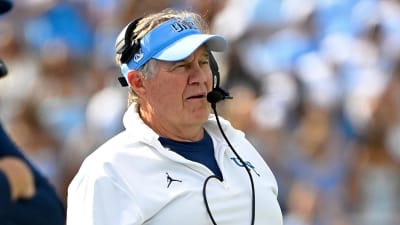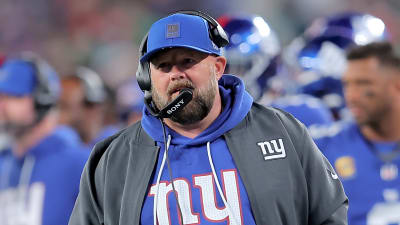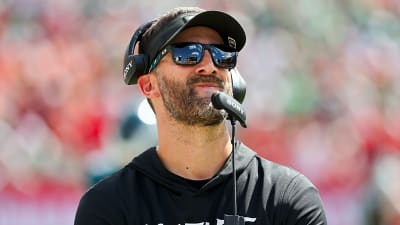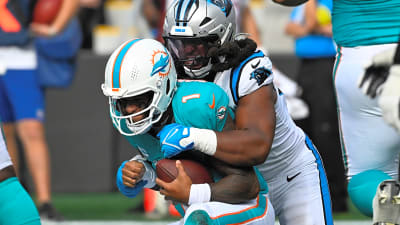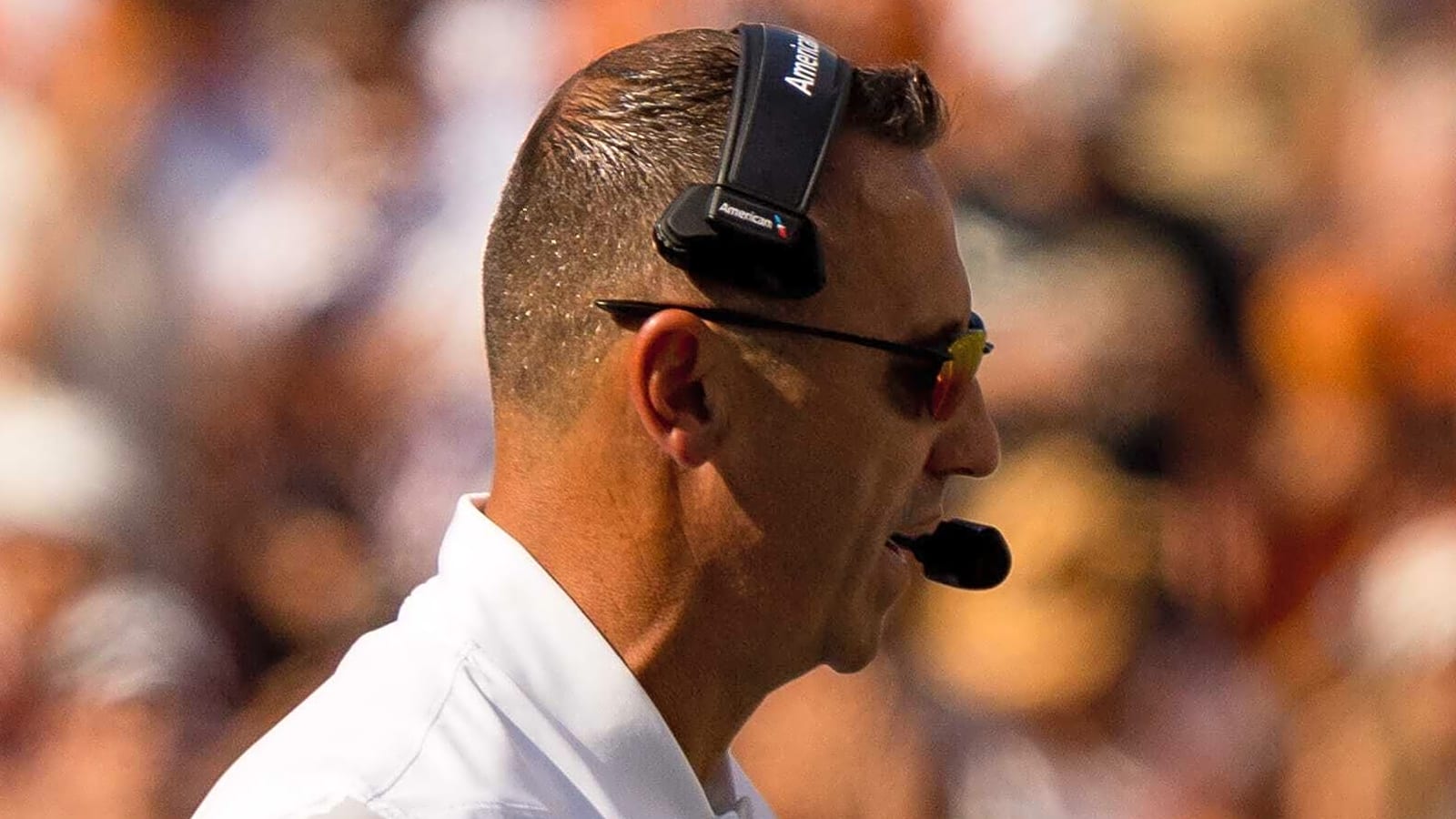
The Texas Longhorns fell victim to the Gators in The Swamp on Saturday afternoon, and two major changes led to the underwhelming performance that resulted in the Longhorns’ second loss of the season.
Before we get into it, it’s important to mention that this was an unfamiliar Texas team, compared to the one that we saw against Sam Houston. Every part of this team saw a decrease in its level of play, so here were the two most significant changes.
Ground game
The ground game was the biggest change on the offensive side of the ball for the Longhorns on Saturday, both in terms of efficiency and execution, as well as in the play-calling from head coach Steve Sarkisian.
Texas finished the game with 26 total rush attempts; however, only 52 rush yards were recorded. On top of that, only nine rushes and 11 rushing yards were recorded by actual running backs.
Two rushes were recorded by defensive back Ryan Niblett, who’s been getting some reps in on both sides of the ball; meanwhile, all the other rushes and yards were recorded by quarterback Arch Manning.
This was a noticeable change from the 41 rushes, 264 rush yards, and four rushing touchdowns that were recorded by seven different rushers for Texas in its game against Sam Houston State a couple of weeks ago.
This change can be attributed to two different things: Steve Sarkisian and the offensive line.
First of all, yes, the offensive line played a major role in the Longhorns’ struggles to do much, but there was also a drastic difference in the play calling from the game prior, as there were 24 fewer runs called for running backs.
The offensive line’s performance in both pass protection and run blocking was disastrous, and it is an issue that needs to be addressed immediately, especially as Texas will face No. 6 Oklahoma on Saturday.
However, Sarkisian will need to ensure that he gets his play calling right, as attempting that few amount of runs will only hurt the Longhorns in the future. If the ground game doesn’t work, revert to the pass, but only nine rushing attempts are too few to determine whether or not you’ll be able to have a successful ground attack by the time the clock runs out.
Defense
There isn’t too much to point out on the defensive side of things, as every position group failed at one point or the other.
The defensive line was unable to ever put pressure on Florida quarterback DJ Lagway, acquire tackles for a loss, or ever truly get past or win a battle with any of Florida’s offensive linemen.
As for the linebackers, they were never able to provide effective pass support, as Lagway threw anywhere he wanted. They were also unable to ever really make an impact in stopping the Gators’ rush attack.
And for the defensive backs, they were unable to pose a threat to Lagway, as he was able to complete multiple deep passes and hit receivers wherever and whenever he wanted, and this is a quarterback who threw five interceptions against LSU.
Overall, this was a defense that had played on a championship level through its first four games, even against Ohio State. But against Florida, it looked just like any other decent Power 4 team’s defense.
More must-reads:
- CFB analyst suggests surprising coordinator to be Penn State's next coach
- Penn State AD Pat Kraft delivers impassioned vision for next head coach
- The 'NFL 250-passing-yard game leaders' quiz
Breaking News
Trending News
Customize Your Newsletter
 +
+
Get the latest news and rumors, customized to your favorite sports and teams. Emailed daily. Always free!

